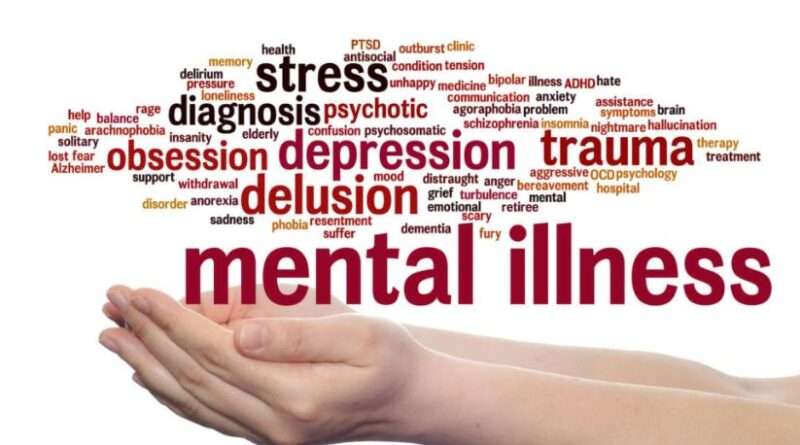Mental Disorders Problem in Teens
Are you Noticed Mental Disorders Problems in your Teen?
Mental Disorders Problem in Teens: Mental disorders among teenagers have become increasingly prevalent in recent years. According to the National Institute of Mental Health, one in every five teenagers in the United States suffers from a mental health disorder. These disorders can significantly impact a teen’s daily life, academic performance, and relationships with family and friends.
One of the most common mental disorders in teens is anxiety. It is estimated that 31.9% of adolescents in the United States between the ages of 13 to 18 have an anxiety disorder. This disorder can manifest in several forms, such as generalized anxiety disorder, social anxiety disorder, panic disorder, and phobias. Teens with anxiety may experience constant worry and fear, have trouble controlling their thoughts, and struggle with physical symptoms like racing heart, sweating, and dizziness. Anxiety can make it challenging for teens to attend school, participate in extracurricular activities, and maintain relationships.
Depression:

Depression is another prevalent mental disorder among teenagers. The National Comorbidity Survey Adolescent Supplement found that 11.2% of teens in the United States experience a major depressive episode by the age of 18. Depression can cause feelings of hopelessness, sadness, and emptiness and can significantly impact a teen’s ability to function. It can also lead to changes in appetite, sleeping patterns, and a loss of interest in activities once enjoyed. Depression in teens is often linked to social media use, cyberbullying, academic pressure, and family issues.
Attention-deficit/hyperactivity disorder (ADHD) is a neurodevelopmental disorder that affects 9.4% of children and adolescents in the United States. It is characterized by difficulty paying attention, impulsivity, and hyperactivity. ADHD can impact a teen’s academic performance, social skills, and relationships. Without proper management, it can also lead to problems with substance abuse, risk-taking behavior, and emotional regulation.
Eating disorders:

Eating disorders are also prevalent among teenagers, affecting around 2.7% of teens in the United States. Eating disorders include anorexia nervosa, bulimia nervosa, and binge-eating disorder. These disorders can cause teens to have an unhealthy relationship with food, leading to extreme weight loss, bingeing and purging, or compulsive overeating. Eating disorders often stem from body image issues and can have severe physical, emotional, and psychological consequences.
Substance abuse is a concerning problem among teenagers, with over 4.6 million adolescents in the United States meeting the criteria for a substance use disorder. Teens may turn to drugs or alcohol as a coping mechanism for underlying mental health issues. It can also lead to severe addiction, physical health problems, and legal consequences.
Reason:
There are various reasons why mental disorders are prevalent among teenagers. Biological factors, such as genetics and hormonal changes, may play a role in developing these disorders. Environmental factors like stress, trauma, and family conflicts can also contribute. In today’s digital age, social media and cyberbullying have also been linked to the rise in mental disorders among teenagers.
It is essential to recognize and address mental disorders in teens early on. Untreated mental health issues in adolescence can continue into adulthood and have long-term consequences. Parents, educators, and healthcare professionals need to be aware of warning signs and symptoms and offer support and intervention to teens who may be struggling.
Treatment:
There are various treatment options available for teenagers with mental disorders. Therapy, such as cognitive-behavioral therapy, can help teens manage their symptoms and learn coping strategies. Medication can also be helpful in treating certain disorders. It is crucial to individualize treatment plans and involve the teen in the decision-making process.
Read Also: Teens with Mental Health Problems
Prevention is also critical in addressing mental disorders in teens. Creating a supportive and nurturing environment at home and school, promoting healthy coping mechanisms, and educating teens about mental health can reduce the risk of developing mental disorders.
In conclusion, mental disorders can have a significant impact on a teenager’s life. It is essential to recognize the signs and symptoms and seek help early on. With proper treatment, support, and prevention efforts, we can provide a brighter future for teens struggling with mental health issues.



